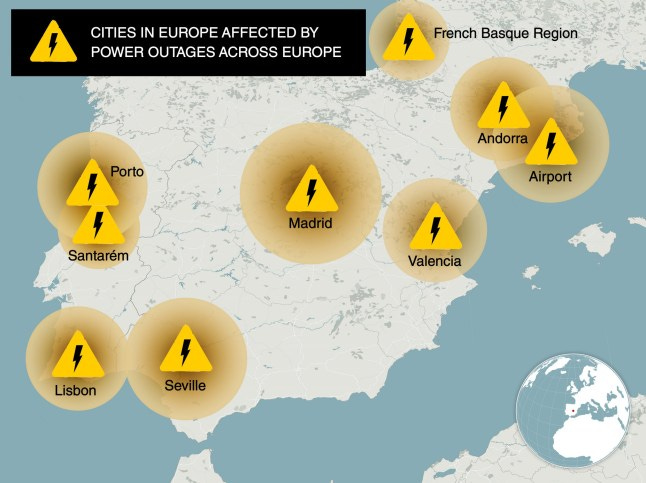
Breaking News
 The Biden Hawk Behind Trump's Iran War
The Biden Hawk Behind Trump's Iran War
 Last-minute changes to Trump's 'big, beautiful bill' stun clean energy industry (and Elo
Last-minute changes to Trump's 'big, beautiful bill' stun clean energy industry (and Elo
 "Seizing The Means Of Production" Is "The End Goal," Says Socialist NYC Mayor Ca
"Seizing The Means Of Production" Is "The End Goal," Says Socialist NYC Mayor Ca
 What Is Birthright Citizenship?
What Is Birthright Citizenship?
Top Tech News
 xAI Grok 3.5 Renamed Grok 4 and Has Specialized Coding Model
xAI Grok 3.5 Renamed Grok 4 and Has Specialized Coding Model
 AI goes full HAL: Blackmail, espionage, and murder to avoid shutdown
AI goes full HAL: Blackmail, espionage, and murder to avoid shutdown
 BREAKING UPDATE Neuralink and Optimus
BREAKING UPDATE Neuralink and Optimus
 1900 Scientists Say 'Climate Change Not Caused By CO2' – The Real Environment Movement...
1900 Scientists Say 'Climate Change Not Caused By CO2' – The Real Environment Movement...
 New molecule could create stamp-sized drives with 100x more storage
New molecule could create stamp-sized drives with 100x more storage
 DARPA fast tracks flight tests for new military drones
DARPA fast tracks flight tests for new military drones
 ChatGPT May Be Eroding Critical Thinking Skills, According to a New MIT Study
ChatGPT May Be Eroding Critical Thinking Skills, According to a New MIT Study
 How China Won the Thorium Nuclear Energy Race
How China Won the Thorium Nuclear Energy Race
 Sunlight-Powered Catalyst Supercharges Green Hydrogen Production by 800%
Sunlight-Powered Catalyst Supercharges Green Hydrogen Production by 800%
Lessons from the 2025 European Power Grid Failure

In late April 2025, Europe experienced a catastrophic power grid failure that left millions without electricity, disrupted critical services, and exposed deep vulnerabilities in one of the world's most advanced energy systems.
The blackout, which primarily affected Spain, Portugal, and parts of France, Germany, and Italy, was a stark reminder of our dependence on reliable power and the fragility of modern grids.
Let's explore what happened, the major challenges revealed, and practical steps individuals and societies can take to better prepare for such crises.
What Happened: A Snapshot of the 2025 Blackout
On April 28, 2025, at approximately 12:32 CEST, a critical high-voltage interconnector between France and Spain failed, triggering a massive blackout across the Iberian Peninsula and beyond.
Spain lost 15 gigawatts of power—roughly 60% of its demand—while Portugal saw 85 of its 89 power substations go offline.
The outage rippled through parts of France, Germany, and Italy, affecting an estimated 20 million people.


 He 3D Printed a Whole House
He 3D Printed a Whole House

